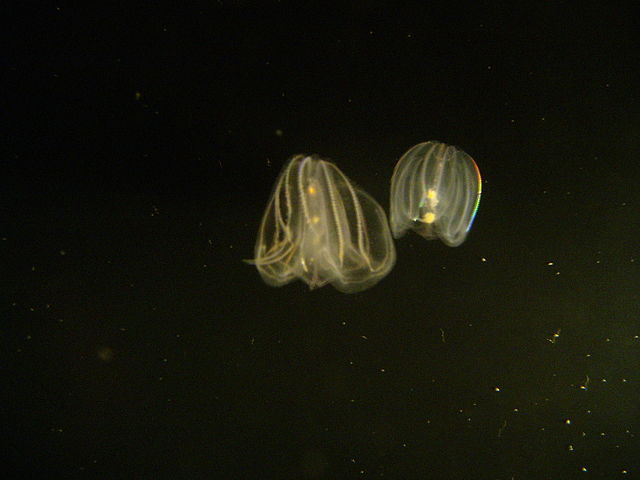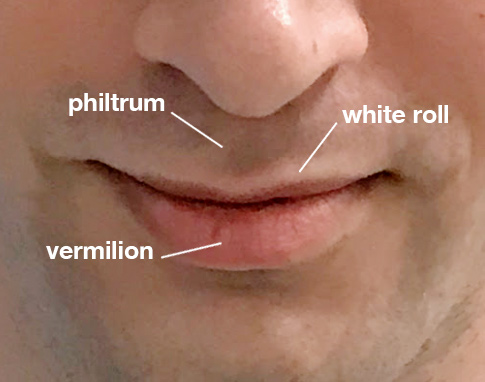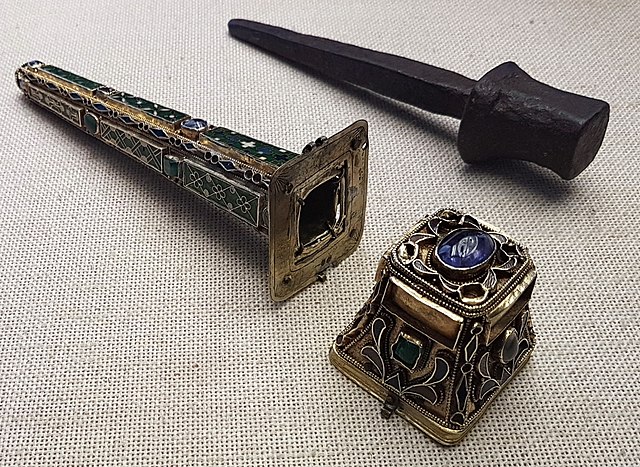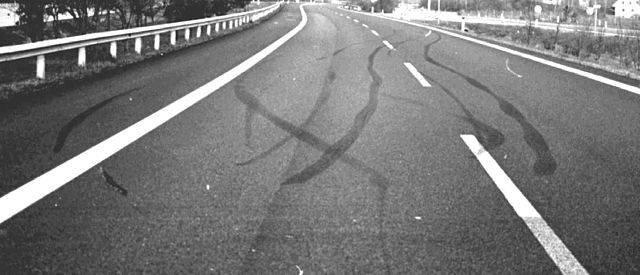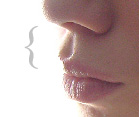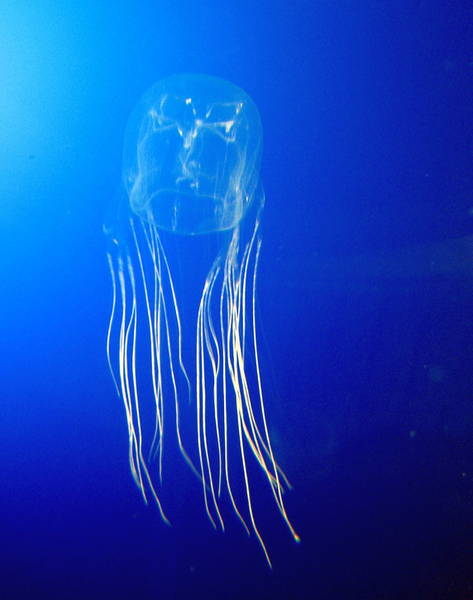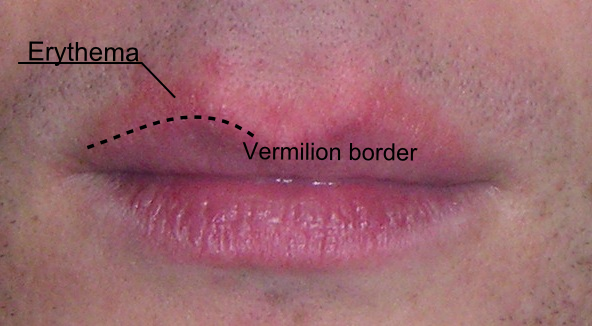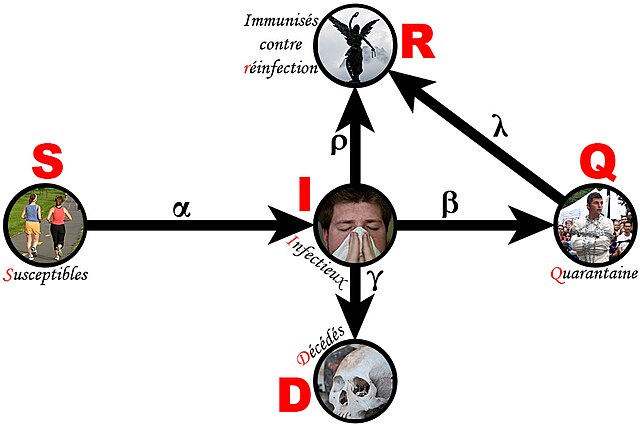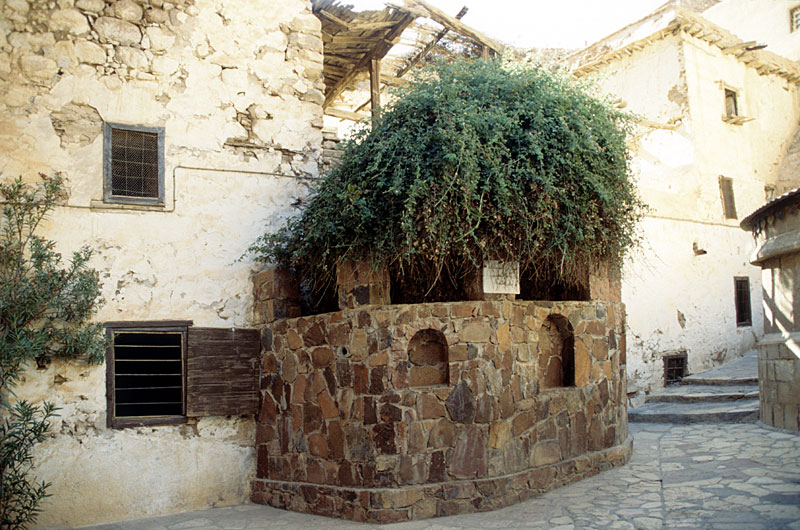We just learned about the Holy Nails that people believe are the nails used to crucify Jesus.
Another discovery that some people believe Saint Helen made was the Holy Tunic.
This is the robe that Jesus wore when he was crucified.
The Bible says that soldiers took it off of him and kept it.
When Saint Helen went on her pilgrimage, stories say that she found it and gave it to a church in the city of Trier in Germany.
The church there has a robe that they say is the real thing, and they bring it out once every 15 to 50 years, but not very much!
Other churches in France, Georgia and Russia also say that they have the robe, so there is no telling which one is the real one, or even if any of them are.
One of the problems with looking at these things from history is that they are over 2000 years old, so things could have been lost or switched a thousand years ago and no one knows for sure.

(from: wikipedia - seamless robe of jesus)
Kid Facts - Blast from the past: Andronicus - Bishop of Pannonia





